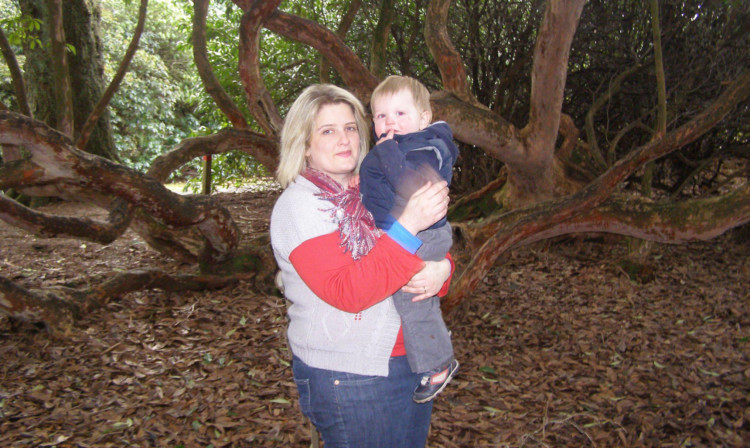
A mum who pushed for longer parental bereavement leave following the loss of her son is celebrating victory after the Government agreed to issue official guidance to employers.
Lucy Herd’s 23-month-old Jack drowned in a garden pond in Cumbria in 2010.
On top of the unimaginable grief, former IT worker Lucy discovered that, as a bereaved parent, her then partner could take just three paid days’ leave off work one of which had to be for the funeral.
Any additional time had to be taken either as sick leave or holidays.
Lucy set up a campaign in the hope of persuading employers to give people more paid time off to grieve the loss of their loved ones.
She started a petition to have the issue debated at Westminster and hoped to achieve a change in bereavement law, which leaves it to employers’ discretion to give staff ‘reasonable’ leave following the death of a child.
Typically, employers in the UK allow about three days.
The petition has gathered 145,000 signatures so far.
And last week, after a four-year battle, Lucy mum to Josh, 17, and Ellie, 13 marked a milestone in her plight when the Government agreed to issue official guidance on bereavement leave to employers.
Lucy is currently working with the Advisory, Conciliation and Arbitration Service, which has been commissioned to prepare the guidance due for publication later this year.
“I haven’t got the legislation yet and I’ll keep fighting for that until I die but I’m halfway there,” Lucy said. “It’s been an uphill struggle and a bit of a whirlwind, but this is a huge stepping-stone.
“Sadly, it won’t bring Jack back, but campaigning keeps his memory alive and can hopefully help other parents.
“My vision is to have the bereavement leave entitlement increased to as much as 12 weeks and for employees to be able to return to work when they are ready.
“A year off for the birth of a child and three days off for a child’s death is an inhumane anomaly.”
Lucy, who has since split with Jack’s father and moved to Berkshire, added: “The grief that comes with losing a child is life-changing. Even now, almost four years on, I still have dark days.
“People need time to adjust and should be able to take time off if they need it.
“Some need the focus of work to keep them going whereas, for others, the pressure and emotional turmoil they experience makes working extremely difficult. And yet the income is needed as bills still have to be paid.”
In addition to her campaign and charity Jack’s Rainbow, Lucy has been instrumental in setting up parental bereavement support groups.
She’s also teamed up with USA-based campaigner Barry Kluger in the hope that they can encourage a change in bereavement leave policies worldwide.
Barry, from Arizona, lost his daughter Erica when she died in a car crash aged 18.
For 13 years, he’s been campaigning for US workers losing a child to be entitled to 12 weeks’ unpaid leave.
“Sweden has an amazing policy,” Lucy said. “It allows people four weeks’ leave after losing a child, but most other countries are similar to the UK.
“So the next step for me is to take the case to Europe and the Commonwealth.
“After that, Barry and I are looking to work together and hopefully change the world.”

Enjoy the convenience of having The Sunday Post delivered as a digital ePaper straight to your smartphone, tablet or computer.
Subscribe for only £5.49 a month and enjoy all the benefits of the printed paper as a digital replica.
Subscribe